Shopping for a saddle? Here are some tips!
Are you small in the body but long in the leg? You may be a perfect candidate for a long flap. If the store does not have a long flap saddle in stock, but has the next size saddle, you can see if a long will fit the leg. The Long Flap saddles are usually the next size saddle’s flap size. – If you are normally a 16.5, sit in a 17 to see if the flap will suit. There will be a slight difference in how the you sit in the larger saddle but you will be able to see if the long flap will accommodate your leg.
- The flap measurements are measured as follows:
- Width – flap at widest part
- Length – from bottom of stirrup bar to bottom of flap
- Diagonal – where flap meets skirt diagonally to most forward point on flap
Panels:
There has always been a debate between foam and stuffed panels, however the French and Italians, and then some factories in England found that foam panels were a significant improvement over the wool and hair-stuffed panels of the time. They did not shift, lose their shape, or need to be constantly re-stuffed and did not create hot spots on the horses’ backs.
The foam panel became very popular not only in the USA, but in France and Italy. Like Hermes, Pessoa, others chose to work with the foam panel system. Keep in mind that at that time the number of qualified saddle fitters in the USA was virtually none, so the opportunity to keep a stuffed panel saddle tuned was a hardship for the rider.
Wool panels are good if you ride only one horse, as they tend to mold to a horses back. Keep your eye on the fit as they may need to be reflocked if your horse changes shape.
Saddle Fit:
- After putting the saddle on the horse look for 3 fingers worth of clearance from the top of the withers to the pommel.
- From the back of the horse, look down the gullet channel to make sure that there is enough width to accommodate the horses’ spine.
- See if your hand can go underneath the panel of the saddle from the back of the flap. It shouldn’t – if it does, it is bridging.
- Make sure the saddle is not rocking from pommel to cantle.
- From Pommel to Cantle, is the saddle fairly level, with the cantle about 1 inch higher than the pommel and the deepest point of seat in the center?
- Last but not least we check for the width. Does the front of the panel appear to fit smoothly down the horse’s shoulder or is it pinching? A smooth, parallel-to-shoulder fit is good, but thanks to the saddles with changeable gullet systems this would be the easiest problem to solve. *
*From June 2012 All About Saddles Newsletter from ERS
It is always a good idea to bring in a wither tracing when looking for saddles, or purchasing a new gullet for a saddle with interchangeable gullets.
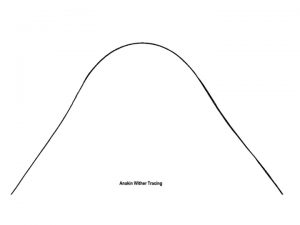 Use a tool made for wither tracings, or just bend a wire coat hanger and shape it around the withers right where the saddle would go.
Use a tool made for wither tracings, or just bend a wire coat hanger and shape it around the withers right where the saddle would go.
Have you ever been at a horse show, clinic or other gathering and observed saddle placement on the horses? If so, surely you have seen it: the rider who insists that his or her horse’s saddle is nearly on the neck, instead of on the back. Saddles are for backs, NOT necks!
Make sure you place your saddle correctly.
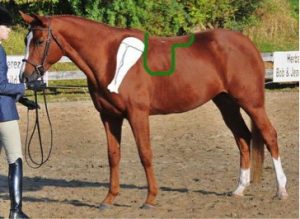
How to measure a saddle:
To determine seat size, measure from the center of the nail head to the center of the cantle.

Check out our other blog post – https://tollboothsaddle.com/girth-fit-saddle-cleaning/
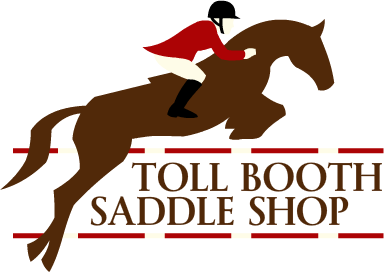
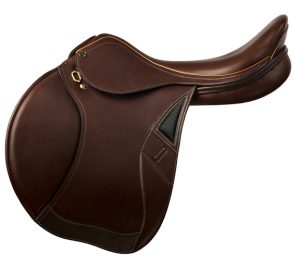
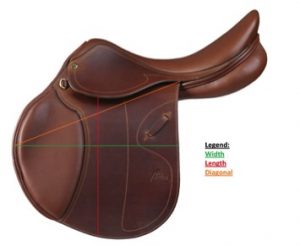

Recent Comments